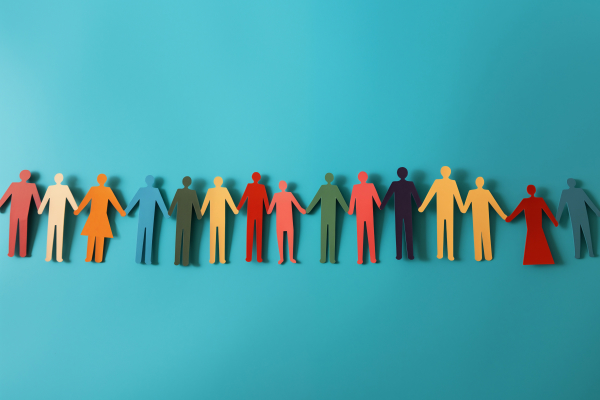To succeed in this adventure, multicultural organizations need to follow a few steps, especially when building new teams. It is important to keep in mind that this type of environment faces some challenges, such as language and communication issues, which can lead to misunderstandings and reduce efficiency if not managed well.
One of the most important challenges is the different habits. Traditions and working styles differ from one culture to another, so these different styles can also lead to tensions and disagreements. This is a common obstacle for organizations that want to thrive in a diverse and interconnected world and ends up, for example, in a clash between hierarchical and egalitarian cultures, which in turn creates unconscious biases that can affect decision-making, hiring, and opportunities for advancement.
To foster collaboration, improve communication, and create a harmonious work environment, it is important to understand the nuances of these opposing approaches in the organizational structure. Implementing cultural competency programs and training employees on the differences between cultures can increase awareness and understanding, reducing the potential for misunderstandings.
Focusing on aspects such as power distance and communication context as crucial dimensions that significantly influence organizational behavior, helps us to identify the key characteristics of our company. It is important to identify whether we are in a flat or collaborative organization, what leadership style we have, what communication strategies we follow, whether we work in a high or low-context environment, etc. Be aware of how different cultures perceive and react to these structures, so we can become more resilient and find more than one way of doing things.
For employees from other cultural backgrounds, it can initially be a challenge to integrate into the corporate culture, company guidelines, and local customs. Therefore, our Improving HR team had to create an inclusive platform and make everyone feel valued and included by implementing diversity and inclusion initiatives to combat and mitigate bias.
Building a resilient and forward-thinking workforce, recognizing, and adapting to these differences helps organizations like Improving, bridge cultural divides, foster effective communication, and create an inclusive environment that embraces the diversity of global workplaces.
Improving, from top to bottom, continuously promotes effective communication strategies, language training, and intercultural awareness programs. One of the key initiatives that Improving has implemented to succeed as a multicultural company is the "Trust" initiative, which not only instills a work philosophy, but also a lifestyle in which the company's values permeate to employees, and consequently their families, changing the way they communicate, relate and ultimately their way of life.
Interacting in a multicultural company like Improving brings us different perspectives and experiences that foster a creative and innovative environment, leading to more robust problem-solving and a greater ability to think outside the box, providing valuable insights into different markets and consumer behaviors.
Our main goal is for our employees to feel that their cultural identity is recognized and respected, contributing to higher employee retention and increased productivity, and creating a more adaptable and resilient team that fosters a flexible mindset - a trait that is critical in a fast-paced and dynamic business environment. This is reflected in the active promotion of diversity and inclusion, creating vibrant, innovative, and adaptable teams that are better equipped to succeed in an ever-evolving business landscape.
Multiculturalism gives us a competitive advantage because by promoting integration we increase the attraction of top talent from diverse backgrounds. As businesses continue to expand globally, the ability to navigate these cultural nuances has become increasingly essential, by embracing our diversity and inclusion corporate values, we not only have bridged cultural gaps but also built stronger relationships, enhanced the company's reputation and its ability to navigate the complexities of a global marketplace.
But what do you think? How do you think multiculturalism is held up in Improving? What do you think will happen next? If you want to learn more about our diversity and inclusion efforts, click here. And don’t forget, if you or someone you know wants to be part of a great company, contact us here and or check out our current job openings!




